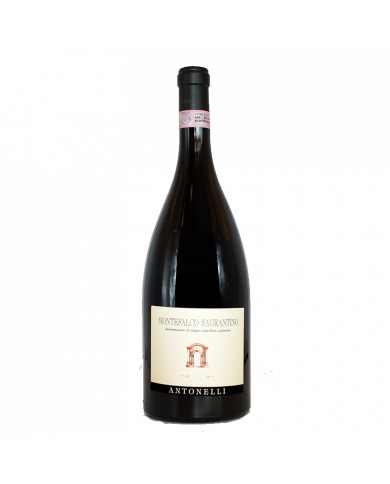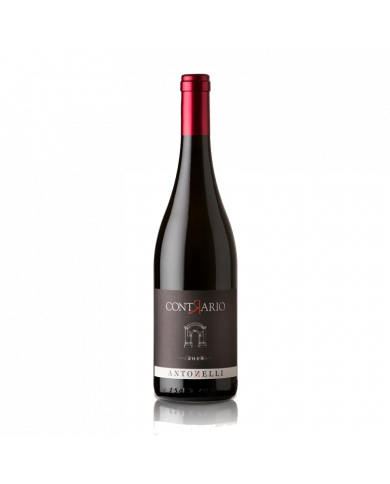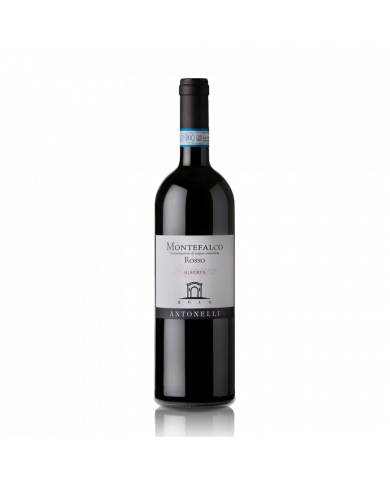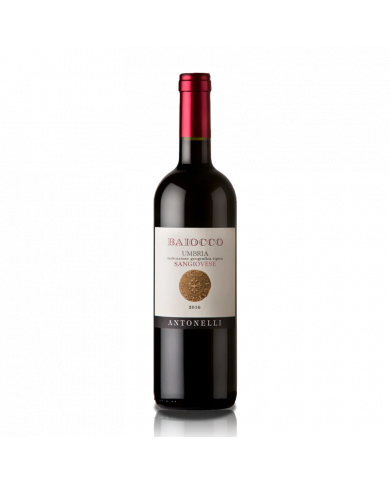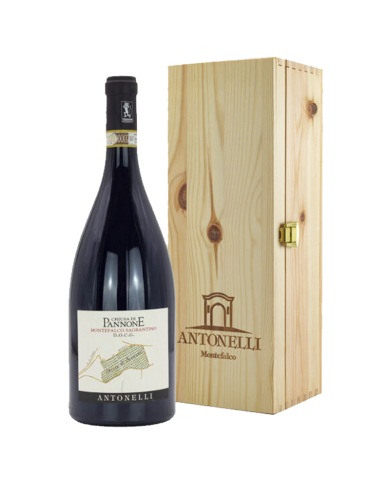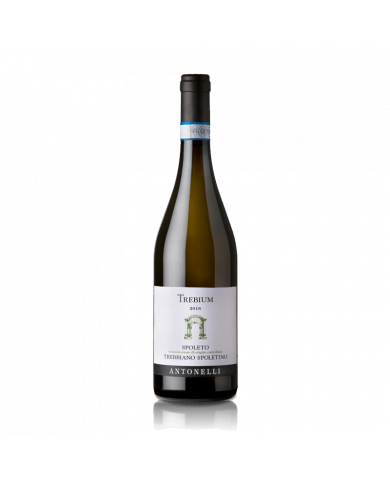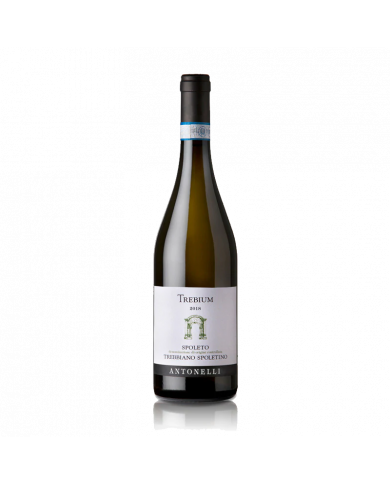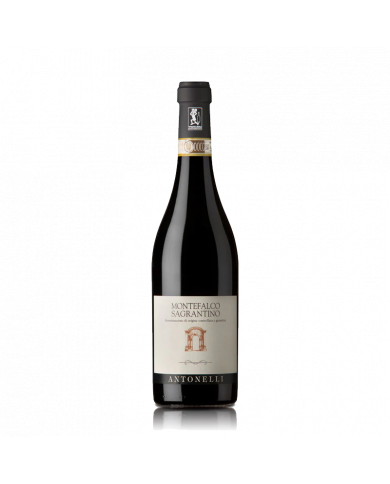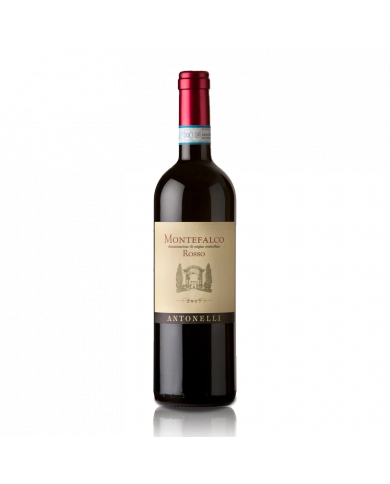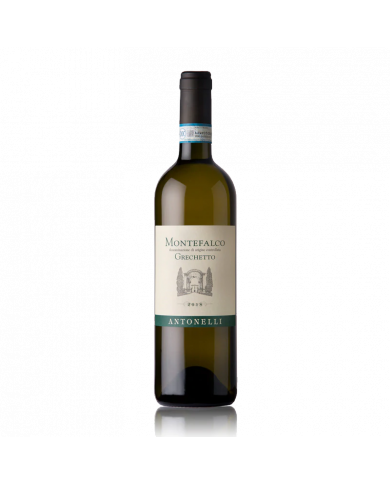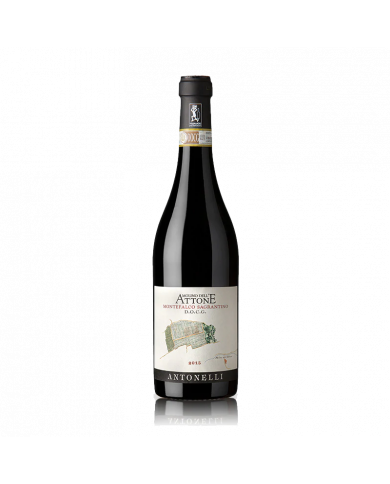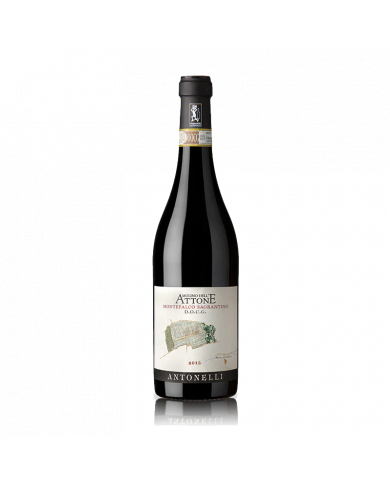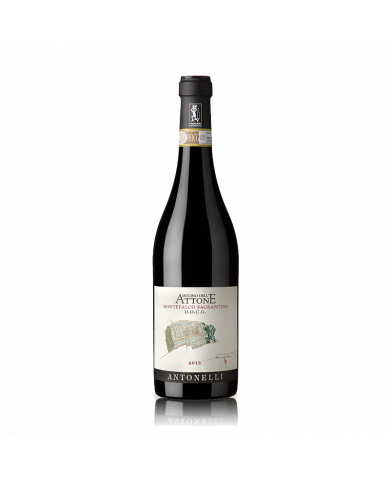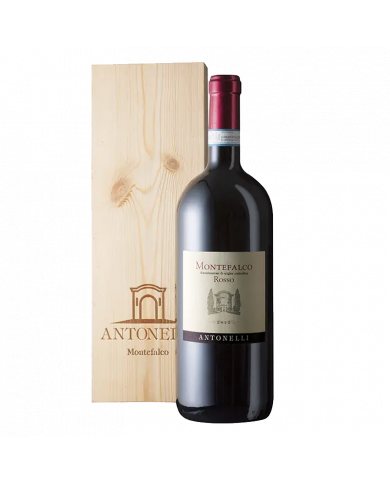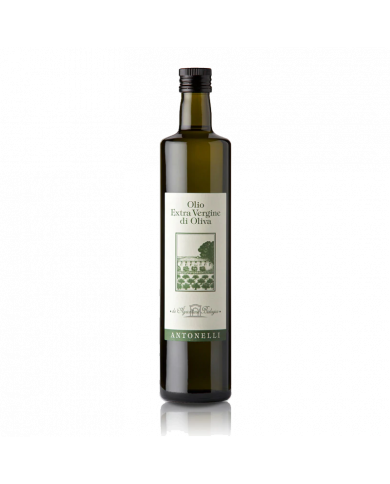The Sagrantino vine, cultivated for centuries exclusively in Montefalco, seems to have been brought there from Asia Minor by the followers of S. Francesco.
The Sagrantino vine, cultivated for centuries exclusively in Montefalco, seems to have been brought there from Asia Minor by the followers of S. Francesco.
It represents a new way of interpreting the typical grape of Montefalco, cultivated and vinified in such a way as to enhance the freshest aromatic peculiarities and to obtain a wine that can be enjoyed from a young age.
The Riserva version of our Montefalco Rosso, vinified only in the best years with a long aging in large barrels. A blend based only on Sangiovese and the typical grape of Montefalco. In previous years, other red grape varieties were also used.
A young and lively interpretation of Umbrian Sangiovese, a wine that can be enjoyed throughout the meal thanks to its freshness and ease of drinking.
By "closed" was meant a circumscribed olive grove often delimited by stone walls. Chiusa di Pannone was also the same, while today it is the single vineyard used exclusively for the homonymous wine.
Trebbiano Spoletino is a typical variety of the territory that extends between Montefalco, Trevi and Spoleto; perhaps the name derives from ŌĆ£TrebiumŌĆØ, Trevi in Latin.
Trebbiano Spoletino is a typical variety of the territory that extends between Montefalco, Trevi and Spoleto; perhaps the name derives from ŌĆ£TrebiumŌĆØ, Trevi in Latin.
The Grechetto in purity, expression of the Umbrian tradition of white wines and of the protected designation area of Montefalco.
The Sagrantino vine, cultivated for centuries exclusively in Montefalco, seems to have been brought there from Asia Minor by the followers of S. Francesco.
Traditional wine obtained from the assembly of Sangiovese and the typical grape of Montefalco, as well as other red grape varieties.
Sweet wine obtained by drying grapes on racks. It is the traditional version of Sagrantino. The name derives from the Latin sacer: sacred wine consumed during the feasts of the Christian tradition.
Traditional wine obtained from the assembly of Sangiovese and the typical grape of Montefalco, as well as other red grape varieties.
Trebbiano Spoletino is a typical variety of the territory that extends between Montefalco, Trevi and Spoleto; perhaps the name derives from ŌĆ£TrebiumŌĆØ, Trevi in Latin.
The Grechetto in purity, expression of the Umbrian tradition of white wines and of the protected designation area of Montefalco.
A cru that differs from our Chiusa di Pannone for the characteristics of the vineyard, facing east instead of south and with a richer soil in gravel.
A cru that differs from our Chiusa di Pannone for the characteristics of the vineyard, facing east instead of south and with a richer soil in gravel.
Sweet wine obtained by drying grapes on racks. It is the traditional version of Sagrantino. The name derives from the Latin sacer: sacred wine consumed during the feasts of the Christian tradition.
A cru that differs from our Chiusa di Pannone for the characteristics of the vineyard, facing east instead of south and with a richer soil in gravel.
By "closed" was meant a circumscribed olive grove often delimited by stone walls. Chiusa di Pannone was also the same, while today it is the single vineyard used exclusively for the homonymous wine.
The Sagrantino vine, cultivated for centuries exclusively in Montefalco, seems to have been brought there from Asia Minor by the followers of S. Francesco.
The Sagrantino vine, cultivated for centuries exclusively in Montefalco, seems to have been brought there from Asia Minor by the followers of S. Francesco.
The Riserva version of our Montefalco Rosso, vinified only in the best years with a long aging in large barrels. A blend based only on Sangiovese and the typical grape of Montefalco. In previous years, other red grape varieties were also used.
It represents a new way of interpreting the typical grape of Montefalco, cultivated and vinified in such a way as to enhance the freshest aromatic peculiarities and to obtain a wine that can be enjoyed from a young age.
Traditional wine obtained from the assembly of Sangiovese and the typical grape of Montefalco, as well as other red grape varieties.
Traditional wine obtained from the assembly of Sangiovese and the typical grape of Montefalco, as well as other red grape varieties.
Traditional wine obtained from the assembly of Sangiovese and the typical grape of Montefalco, as well as other red grape varieties.
A young and lively interpretation of Umbrian Sangiovese, a wine that can be enjoyed throughout the meal thanks to its freshness and ease of drinking.
The Tonda Preview is an anticipation of what will be the Vigna Tonda, a cru that we will make with similar techniques but whose grapes will come exclusively from our ŌĆ£round vineyardŌĆØ; a vineyard already present in the first map of the estate dated 1902, and which a few years ago we decided to replant in its characteristic circular shape following the features of this ancient design. Replanting still too recent to be able to consider ready the fruits for the wine we want to propose.
Trebbiano Spoletino is a typical variety of the territory that extends between Montefalco, Trevi and Spoleto; perhaps the name derives from ŌĆ£TrebiumŌĆØ, Trevi in Latin.
Trebbiano Spoletino is a typical variety of the territory that extends between Montefalco, Trevi and Spoleto; perhaps the name derives from ŌĆ£TrebiumŌĆØ, Trevi in Latin.
The Grechetto in purity, expression of the Umbrian tradition of white wines and of the protected designation area of Montefalco.
In the territory of Montefalco, the olive groves or "sluices" are located in the highest and richest soil, particularly suited for the cultivation of olives. (Altitude 400 meters above sea level South exposure). The organic cultivation of olive groves does not allow the use of chemical fertilizers or synthetic pesticides.
In the territory of Montefalco, the olive groves or "sluices" are located in the highest and richest soils, particularly suited for the cultivation of olives. (Altitude 400 meters above sea level South exposure). The organic cultivation of olive groves does not allow the use of chemical fertilizers or synthetic pesticides.
In the territory of Montefalco, the olive groves or "sluices" are located in the highest and richest soil, particularly suited for the cultivation of olives. (Altitude 400 meters above sea level South exposure). The organic cultivation of olive groves does not allow the use of chemical fertilizers or synthetic pesticides.
Ruby red with garnet hues, it smells of mixed berries, violet and peony, hints of minerals, spices and medicinal herbs. Great taste expression, with excellent balance, has velvety tannins and fragrant acidity that make the structure elegant and powerful. Very long persistence with mineral references. Excellent on braised game, on breaded lamb chops and with very seasoned and tasty cheeses.

